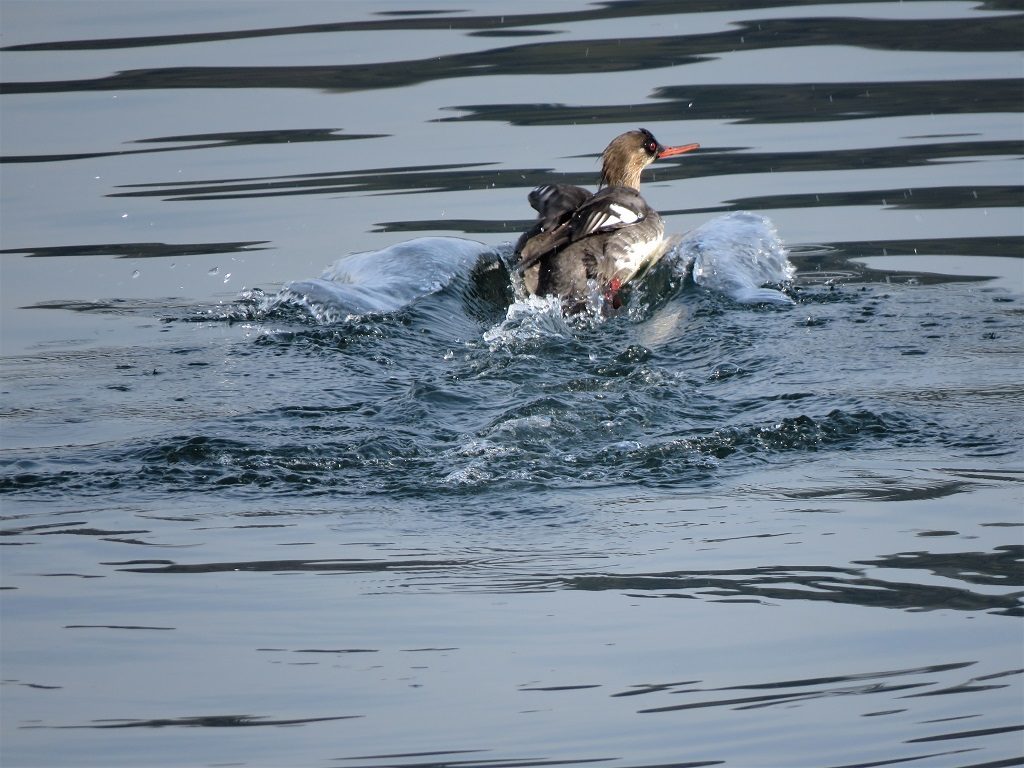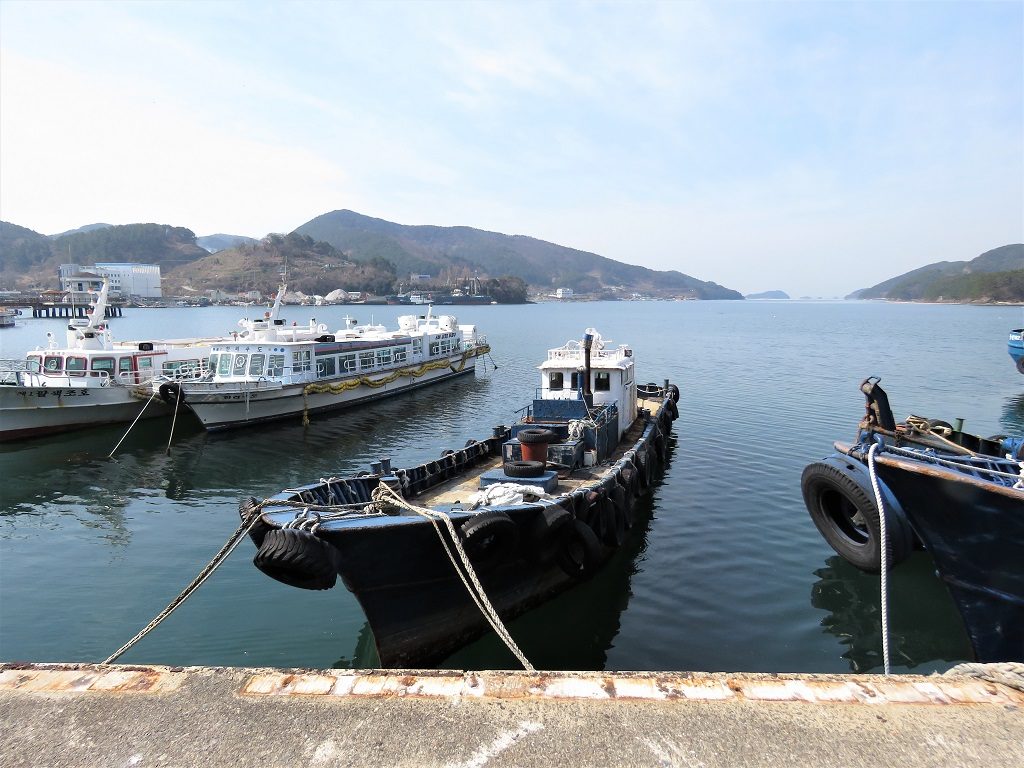Soaring Below the Surface of the Earth
In Plato’s Phaedo, Socrates, in his dying hour, describes his mind’s eye view of the Earth, as a final life lesson for his friends. The most striking feature of his remarkable quasi-mythical account is his speculation that the true surface of the Earth is not the ground we walk on, which we mistakenly call “the Earth,” but rather the upper limits of our atmosphere, where what we call “the air,” which is really a kind of sea formed of mists, meets the ether. Our daily life, he says, is actually lived at the bottom of this intermediate sea, although we cannot perceive it as such until and unless we rise to and through its true surface, into the ether, and glance down at our former home.
In our normal experience, therefore, we are all living and breathing far beneath the surface of the Earth. Hence, our view of reality is as distorted and obscure as that of a sea creature looking up at the sunlit world of visible objects from the depths of the ocean, and imagining the distorted sights were the real things themselves, and the sea above him the clear air. To apprehend Being in its true clarity, we would first have to find a way to rise beyond our depths (“the air”), and up to the Earth’s true surface, the realm of the heavenly spheres, from which vantage point we could at last begin to seek the beautiful essences of things, the Ideas, with unobstructed vision.
This Socratic image, to the extent that one is able to embrace its highest meaning and truth, has the charming effect of transforming our “illusory” world of everyday experience into one grand, complex metaphor. Living within this metaphor — living in a figurative world, a mere reflection of reality — there is necessarily something elevating, if one thinks one’s metaphorical life through carefully, in the sight of birds, boats, and in general all things that move upon or soar above the face of the waters. Our souls, our spiritual vehicles, our aspiration to understanding, our desire for truth, may be observed all around us when we visit that realm which we, in our delightful weakness of vision, call “the sea.”
Click each image for a larger view:




















